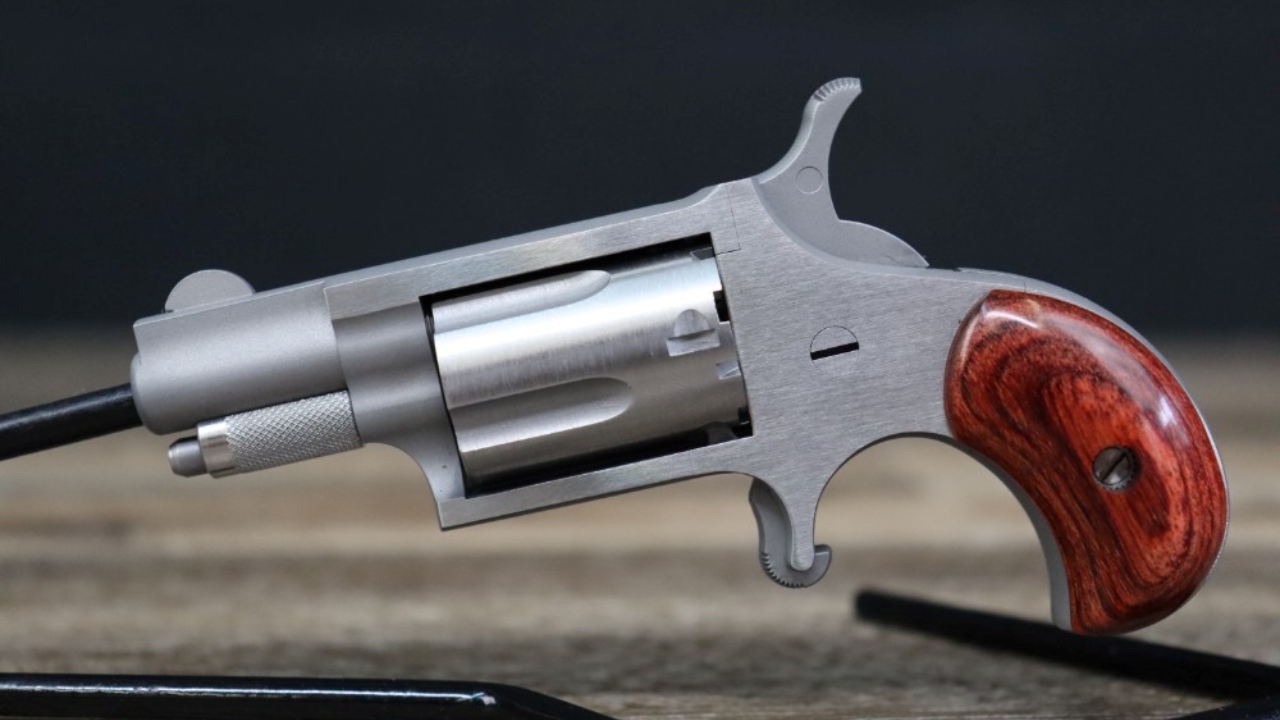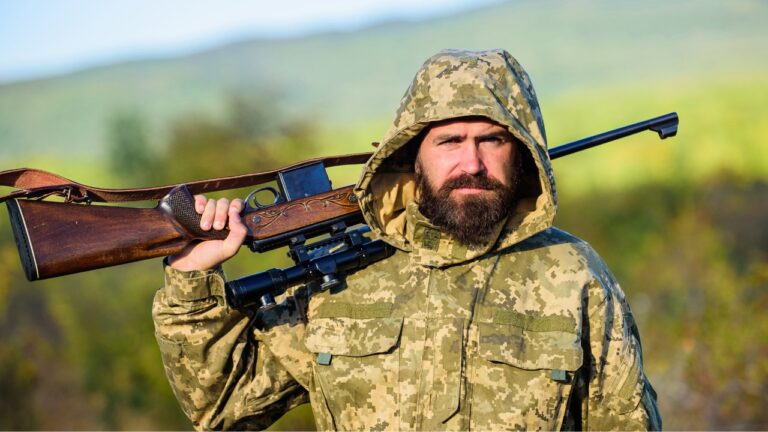Some guns look good on paper—or in the glass case at your local shop—but they’re a pain once you actually get outside with them. Whether it’s weight, reliability, bad ergonomics, or ammo that’s tough to find in a pinch, some guns flat-out don’t belong in the outdoors.
Still, people keep buying them. Usually because of hype, looks, or a good price tag. But when you’re in the woods, on the mountain, or out in the backcountry, you need gear that pulls its weight. These guns don’t.
Desert Eagle (.50 AE)

The Desert Eagle might win in the cool factor department, but it’s completely impractical for outdoor use. It’s massive, heavy, and fires a round that’s expensive, overpowered, and hard to find in most stores.
Carrying one on the trail is like packing a brick. It’s loud, kicks hard, and doesn’t offer the kind of reliability or versatility you want in a field gun. It’s more of a range toy or collector’s piece than something you’d actually use for hunting or backcountry carry.
Taurus Judge

The idea of a revolver that shoots both .45 Colt and .410 shells sounds handy—but it’s not. The Judge has a short rifled barrel that messes with patterning, and accuracy with either round isn’t anything to brag about.
It’s bulky, not great at any one job, and most folks who carry it for snakes or trail defense would be better off with a 10mm or a dedicated .410 shotgun. It’s a gimmick that keeps selling, but it’s not a good fit for serious outdoor use.
AR-15 in .223 for Big Game Hunting

An AR-15 is a great rifle for varmints or range time, but using a .223/5.56 setup for big game is a bad idea unless you’re extremely picky with your ammo and placement. Most factory rounds won’t give you the penetration needed for ethical kills on deer-sized animals.
Add in that the platform can be finicky in bad weather without proper care, and it starts to lose its appeal outdoors. If you’re chasing deer, elk, or hogs, skip the .223 AR and grab something with more punch and a bit less maintenance.
KelTec Sub2000

It folds, it’s lightweight, and it runs on common pistol mags—but it’s not cut out for the woods. The Sub2000 feels cheap in the hands, and its accuracy past 25 yards leaves a lot to be desired. Reliability can also be spotty depending on what mags and ammo you’re using.
It’s a fun truck gun or range toy, sure, but it’s not something you want to count on when you’re miles from anywhere. There are better compact rifles out there if you want something practical and dependable.
Single-Shot Shotguns for Survival

Yes, they’re simple and cheap—but single-shot shotguns are often more of a compromise than a solution. Reloading is slow, follow-up shots are nonexistent, and your options are limited unless you pack a whole belt full of mixed shells.
They’re okay for training or as a backup, but calling them survival guns is a stretch. In real outdoor scenarios—especially ones that go sideways—you’ll want more than one shot and a bit more flexibility.
Hi-Point Carbine

The Hi-Point Carbine gets attention for being cheap and easy to shoot, but once you start relying on it outdoors, the flaws show up fast. The triggers are mushy, the sights are rough, and they’re not exactly built to handle dirt, moisture, or rough handling.
Sure, they’re fun at the range, and they’ll work when clean and well-fed. But if you’re deep in the brush or dealing with wet weather, you’d be better off with something more rugged and reliable.
Break-Action .22 Pistols

A single-shot .22 pistol might seem like a handy tool for small game or dispatching traps, but in practice, they’re not very useful. You’re limited to one shot, reloading is slow, and the accuracy can be hit-or-miss with the shorter barrels.
There are far better options out there for a trail gun—something with a few extra rounds, better sights, and faster follow-up if needed. These might be fun to plink with, but they’re not great for actual field use.
Mini Revolvers (.22 LR)

These tiny revolvers get tossed in a lot of pockets, but they’re nearly impossible to shoot well under pressure. Tiny grips, minimal sights, and weak ballistics make them a poor choice for the outdoors, even as a backup.
You’re better off with a compact .22 pistol or a snub-nose revolver that actually lets you get a grip and take a clean shot. These mini revolvers look neat, but they’re not the tool you want when it counts.
Lever Guns in Exotic Calibers

Lever-actions are great woods guns if they’re chambered in something common. But when you get into oddball calibers like .348 Winchester or .444 Marlin, you run into a big problem—ammo availability.
If you’re out on a trip and forget your ammo or run low, good luck finding a box locally. Stick to calibers like .30-30, .357, or .45-70 if you want something reliable and easy to keep fed. Otherwise, you’re just making things harder than they need to be.
*This article was developed with AI-powered tools and has been carefully reviewed by our editors.






